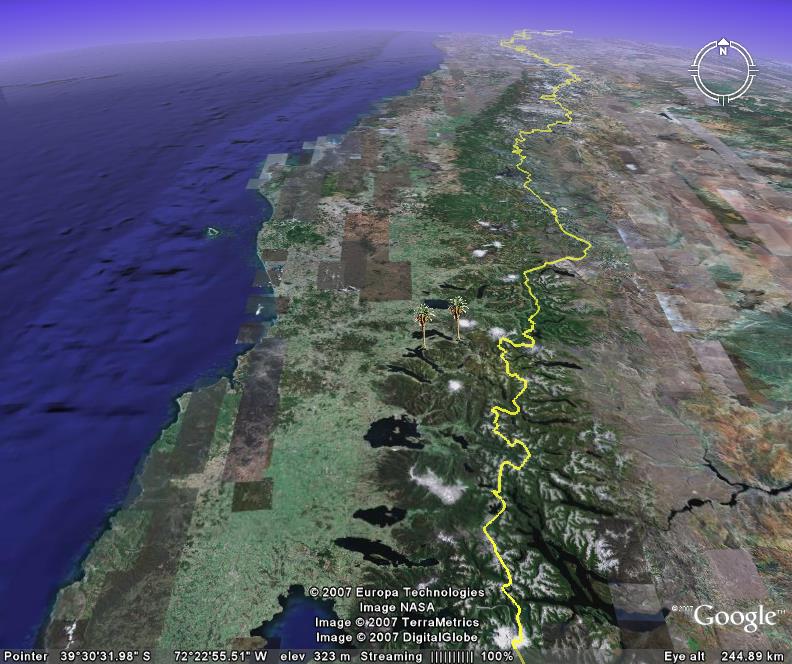We’ve blogged before about poppy-growing in Afghanistan. We have here a well-adapted, traditional crop whose cultivation is being — let us say — actively discouraged in its place of origin and highest diversity because of the illicit trade in its product. Meanwhile, the large legal demand for the product is serviced — but by no means fully met — by countries which are much better off and have lots of other options. Legalization and regulation, possibly combined with new varieties with a truncated biosynthetic pathway for morphine, would seem to be an attractive option, at least worth exploring.
Well, a long piece in the website of the US Department of State says no, emphatically. It seems that:
- the licit market is not lucrative enough
- there is not sufficient world demand
- regulation is not feasible in Afghanistan
- past experience in other countries is not encouraging, and
- legalization is conterproductive anyway
Even the technological fix is no such thing, apparently. My first thought is that if all the money being poured into interdiction was directed at establishing a regulatory framework, and perhaps even providing subsidies, the whole thing might not perhaps seem so hopeless. Also, if historical experience of legalization is not particularly encouraging, is the experience of prohibition any more so? But it would definitely be worth getting to the bottom of whether there is a worldwide shortage of medical opiates or not. Anyway, see what you think.
